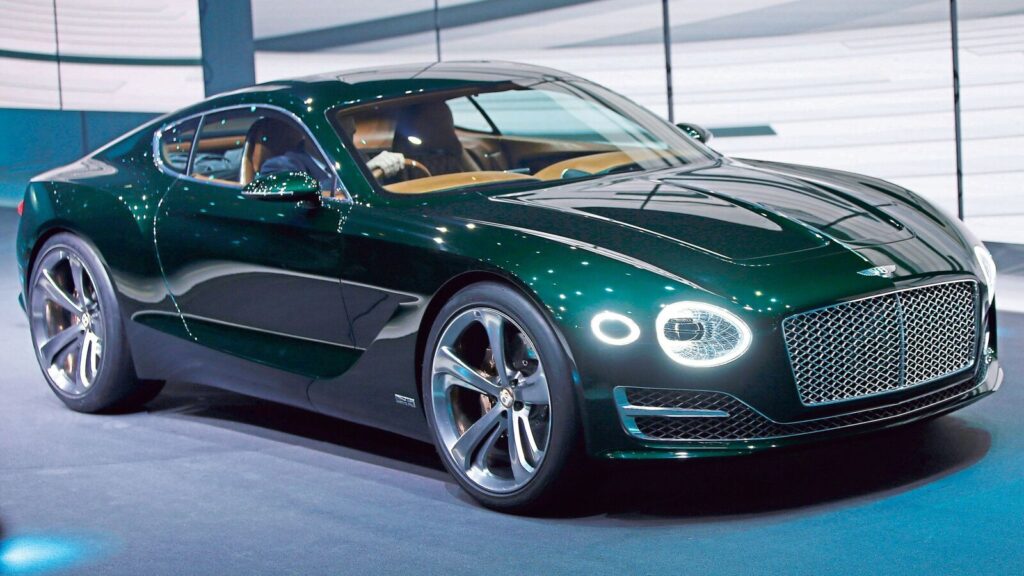In 1899, American economist and sociologist Thorstein Veblen identified types of goods for which demand increases as price increases, contrary to the traditional law of demand. “Veblen products” such as designer clothing and vintage wine exemplify how luxury goods defy conventional economic principles. Today we can examine how the application of technology to Veblen products reduces or increases its demand.
At the beginning of the 20th century, during the Second Industrial Revolution, the world’s population was below 2 billion. By 1913, Henry Ford had perfected his assembly line, reducing car production time from 12 hours to 90 minutes, aiming to mass produce cars for a rapidly growing customer base. The day’s theme was supply constraints and the application of technology to meet demand quickly and profitably.
As we move into the digital revolution and the Fourth Industrial Revolution, production capacity, including food production, has nearly caught up with the demands of today’s 8 billion people. Technology has made it possible to clothe every human being, feed every belly, build every road and railway, and fly every sector at optimal cost. But luxury brands persist, and their value is measured by their exclusivity and difficulty in accessing the masses.
Also read | Pursuing ROI in advertising
Technology plays a subtle role when it comes to luxury brands. Although this has revolutionized many industries, its application in the luxury sector is more complex. Depending on how it is applied, technology can add or subtract from the premium feel of a brand. Luxury brands face a contradiction. The more production processes are automated and integrated with technology, the greater the risk of losing the essence of craftsmanship and exclusivity that makes a brand stand out.
Consider Steinway & Sons, which has been handcrafting pianos since 1870. While the company maintains its reputation for craftsmanship, it also invests heavily in cutting-edge technology to stay true to its founder’s motto of “making the best pianos possible.” I am claiming. While Steinway pianos cost three to five times more than the average piano, making them appealing to musicians as well as enthusiasts looking for a spectacular showpiece, digital alternatives can produce piano sounds for less or even free. However, people who buy a Steinway want to make a statement. Just like any other luxury brand.
This emphasis on craftsmanship allows luxury brands such as Ferrari, Bentley, and Hermès to create emotional connections with consumers. This reinforces the idea that their products are not just commodities, but symbols of status, taste and individuality. The bespoke nature elevates the product beyond its functional value, turning it into a statement piece that speaks to the consumer’s personal identity and sophistication.
Also Read | We Strictly Comply with Regulations: Diageo’s Varun Koorich
In some cases, technology is used to optimize the manufacturing process rather than to manufacture a functional product that has established itself as a luxury brand. Brands such as Nesmook Knives and Rolex watches use computer-aided design for product development, CNC machines for precise cutting and shaping of specific parts, and digital media for marketing. However, the core promise of exclusivity is made possible by handcrafted craftsmanship.
On the other hand, when technology improves comfort, safety and convenience, it can positively contribute to a brand’s appeal without compromising its luxury image. In these cases, technology aligns with luxury’s core values by providing a superior experience that complements the brand’s exclusivity.
Car brands exemplify this approach. Rolls-Royce and Bentley emphasize hand-crafted interiors and bespoke customization, but they also incorporate the latest technological advances to enhance the driving experience. These technologies include ADAS (advanced driver assistance systems), night vision cameras, adaptive suspension systems, and customizable entertainment setups. Here, technology doesn’t detract from the luxury experience, it amplifies it, adding layers of safety and comfort to justify the premium price tag.
Read more | Can PayTV survive the rise of free streaming?
Luxury brands have to walk a fine line when integrating technology into their products. The key is to ensure that the technical elements enhance practicality and experience, without compromising the craftsmanship and bespoke elements that make the brand unique. It’s not about rejecting technology, it’s about finding the right balance where technology becomes an asset rather than a liability.
In conclusion, the relationship between technology and luxury goods is complex and evolving. Although mass production and digital substitutes have made many products more accessible, luxury brands continue to thrive by emphasizing craftsmanship, exclusivity, and emotional connection. The challenge for these brands is to leverage technology in a way that enhances the appeal and functionality of their products without compromising their very luxury qualities.
Sreeraman Thiagarajan is Chief Executive Officer of Agrahyah Technologies and Adjunct Professor of Digital Transformation at the Indian Institute of Management, Tiruchirappalli.



